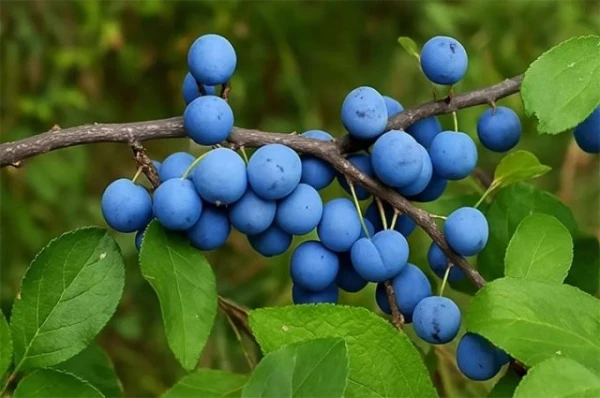
The sloe or blackthorn is not often mentioned. However, experienced gardeners often transplant wild bushes found on the edges and in the lowlands beyond the cities to their plots. And they do this for very good reason. Here’s why.
What is Good About the Sloe
Unlike the familiar cultivated plum, the sloe has not become a mass-cultivated crop, but it possesses a whole range of unique advantages. It has evolved in the wild and therefore exhibits outstanding winter hardiness, drought resistance, and the ability to adapt to various soils and climatic conditions. Its fruits, although tart in taste, are excellent for home processing.
A gardener who shows patience can obtain large-fruited forms with high yields and minimal thorniness from sloe seed sowings. Such bushes bear fruit even in years when cultivated plums suffer from frost damage to flower buds. It is a pity that breeding work with the sloe in scientific institutions is limited, and varietal planting material rarely reaches gardeners. Most often, gardeners obtain seedlings from neighbors or markets. Moreover, it is not always possible to distinguish varietal sloe from wild ones. Therefore, the best way to acquire this crop is to search for it in its natural environment or to contact botanical gardens and specialized nurseries.
Sloe as a Rootstock and Hybridization
The sloe is also interesting because it is used in breeding as a rootstock for plums, cherry plums, and even apricots. Hybrids have been created on its basis — for example, the well-known “sloe-plum,” which is commonly referred to as “thorny plum.” This unpretentious tree with small fruits easily propagates by root suckers and requires virtually no care. Moreover, modern varieties of cultivated plums have originated from natural hybridization of the sloe with the cherry plum. Scientists have proven this through experiments, obtaining hybrids that are completely identical to plums.
Biological Characteristics
The sloe belongs to the rose family, genus Prunus. It is one of the most widespread wild representatives of the genus. It can be found on forest edges, in ravines, and lowlands.
Typically, the sloe grows as a dense shrub 1.5–3 meters tall. It is easily recognized by its dark gray bark, rounded branches, and abundant root suckers. The leaves are small, elliptical, and slightly pubescent on the underside. It blooms in April-May, even before the leaves appear. The flowers are pinkish-white and are mainly pollinated by bees, making the shrub an excellent honey plant.
The fruits of the sloe are small, round drupes that are dark blue or almost black with a waxy coating. The flesh is greenish, sweet-tart, with a characteristic astringency. The fruits ripen in August-September. The yield of an adult bush is usually 3–4 kilograms. The species is characterized by high variability: there are dwarf forms only 0.5 meters tall and larger trees. They differ in branching degree, number of thorns, size of fruits and seeds, as well as winter hardiness.
Agricultural Techniques for Sloe
For cultivation on the site, wild specimens with large fruits and high yields are selected. Root suckers of cultivated forms and grafts have proven to be effective. The sloe is also propagated by seeds (with mandatory stratification) and green cuttings.
Planting is done in spring or autumn. Seedlings are unpretentious and can grow almost without care. They are often placed along the border of the plot or used for hedges. In this case, the plants are planted closer together, about one meter apart. For fruiting, it is better to leave 2–2.5 meters between bushes.
Nutritional Value and Medicinal Properties
The fruits of the sloe contain sugars (7–8%), organic acids (up to 3%), tannins, and pectin. They contain a small amount of vitamin C, but in terms of vitamin P content, they surpass black currants and are close to rose hips.
Due to the tannins, the taste of the fruits is astringent, but after the first frosts, it becomes softer and more pleasant. In folk tradition, the sloe is often harvested after frost.
It is consumed fresh in limited quantities, but it is indispensable for processing. It is used to make compotes, jams, jellies, juices, sauces, marinades, liqueurs, and even sloe vodka. In France, unripe fruits are used as a substitute for olives.
The seeds contain up to 37% fatty oil, as well as essential compounds. Dyes are obtained from the fruits and bark, and in industry, they are used for vinegar and vitamin preparations.
In folk medicine, the sloe is known as an astringent for intestinal disorders. Infusions of flowers and leaves are consumed like tea for colds. Twigs and roots are used to strengthen the body and as a source of dyes.
Decorative and Economic Importance
The sloe is often used to create hedges. Its dense thorny bushes form an impenetrable wall that protects the plot from wind and unwanted guests. Thanks to its developed root system, the plant effectively stabilizes ravines and slopes.
The flowering sloe is extremely beautiful: in early spring, it is covered with a cloud of white-pink flowers, and in autumn, it adorns the garden with dark berries. Moreover, it is an excellent honey plant.
Recipes and Practical Uses
● Sloe jam is prepared according to the classic recipe: the berries are sprinkled with sugar and cooked in several stages to preserve the aroma.
● Sloe compote has a beautiful ruby color and a slight tartness.
● Sloe sauce pairs excellently with meat, especially game.
● Infusions and liqueurs are valued for their rich flavor and unusual aroma.
In addition, sloe leaves are dried and brewed instead of tea.

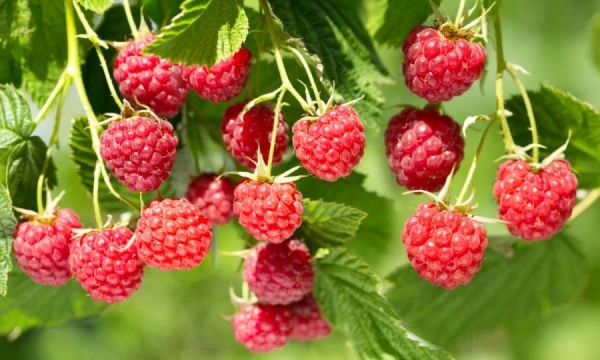
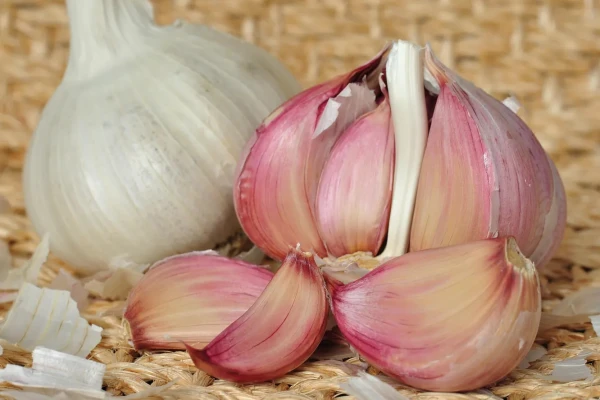

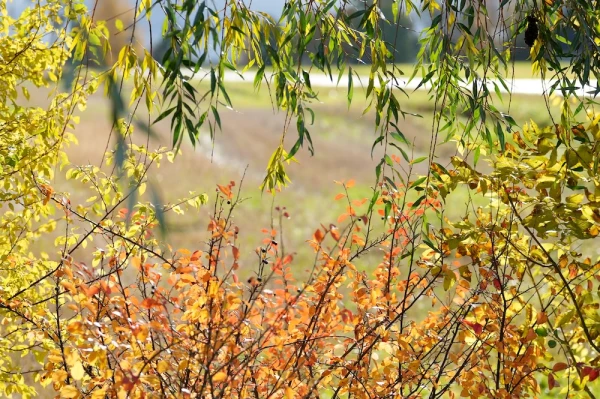
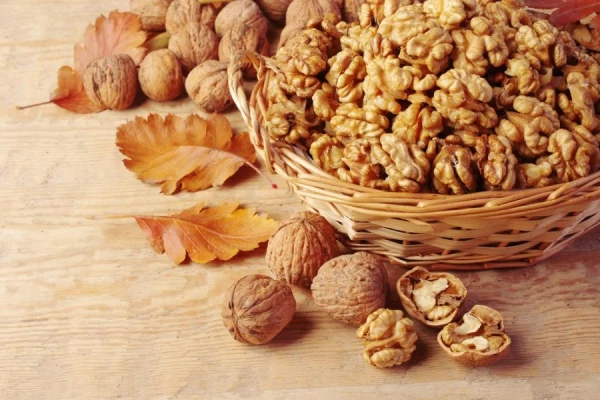
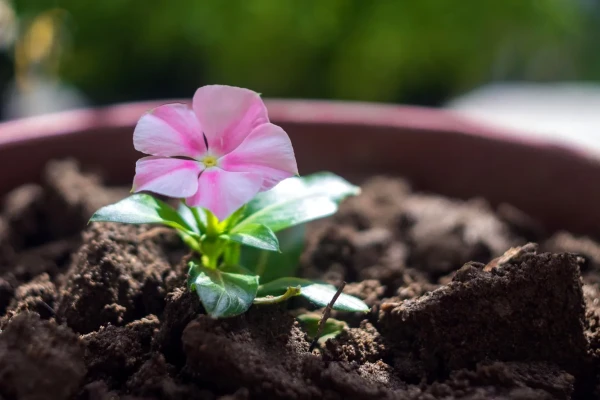








Leave a comment